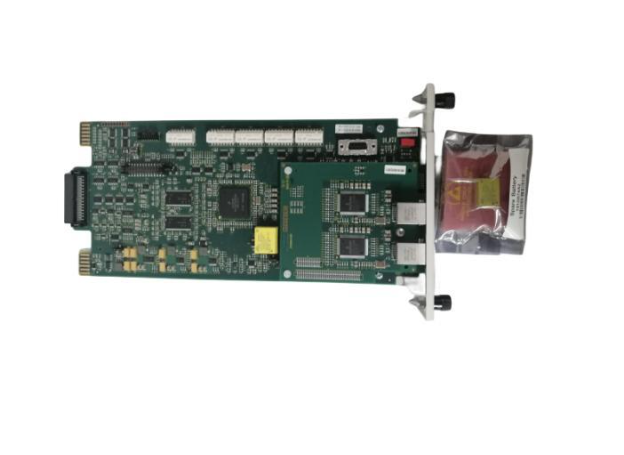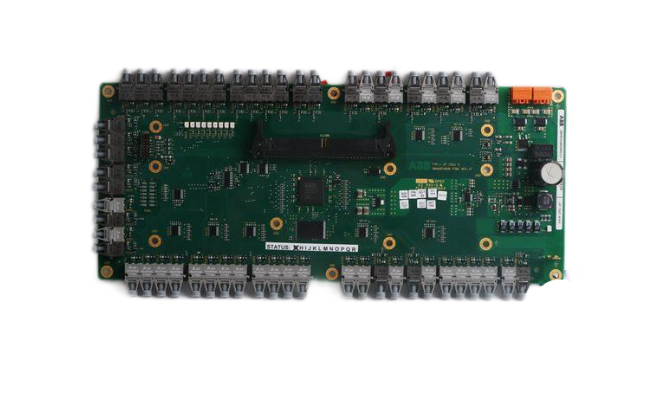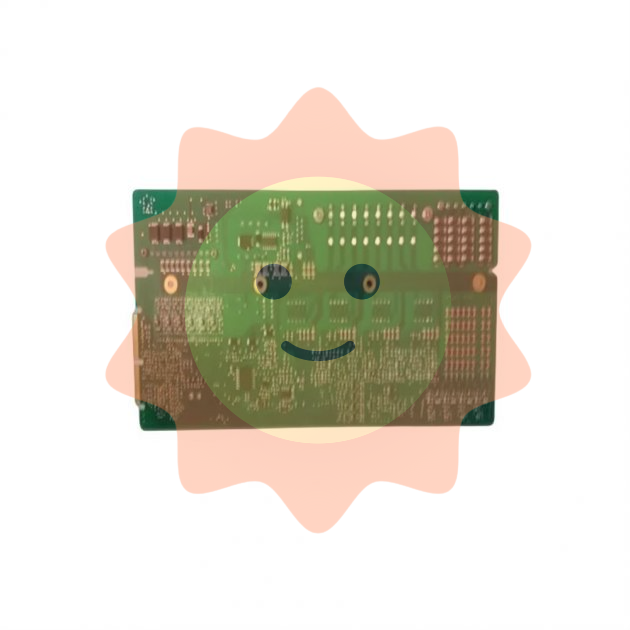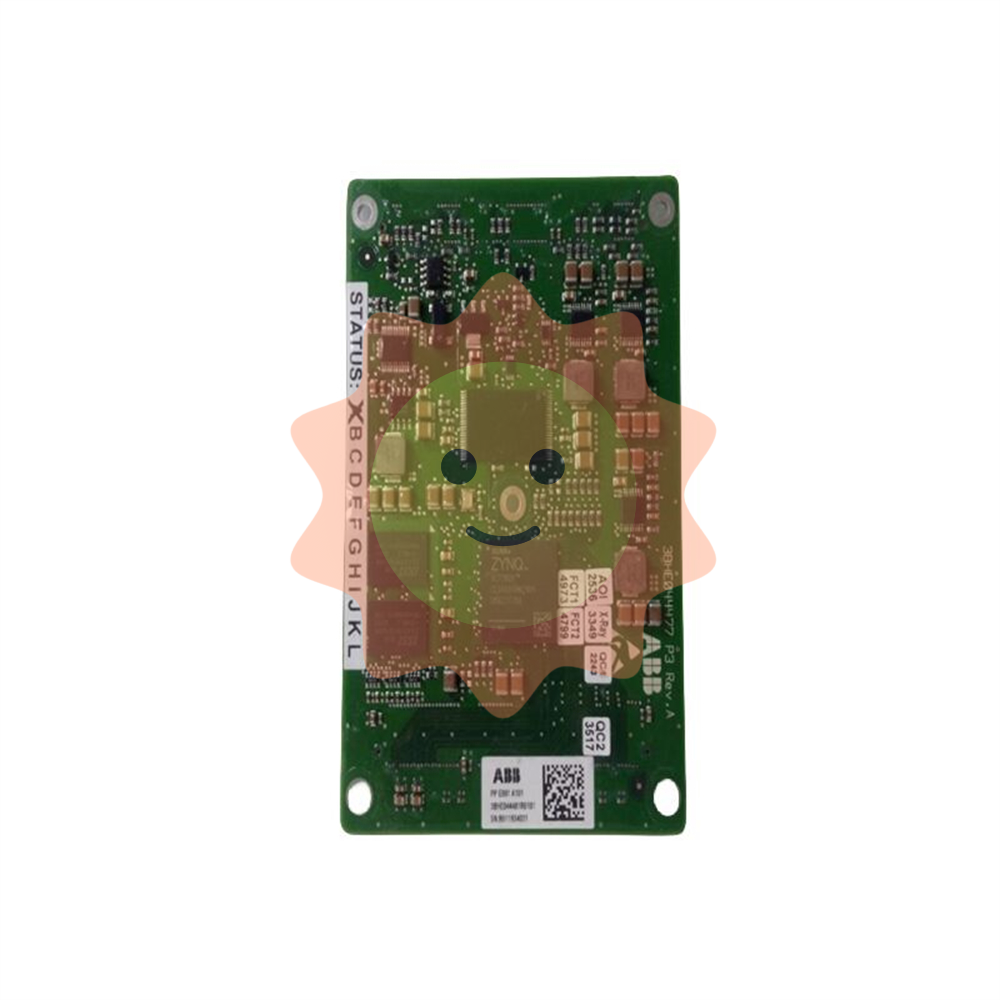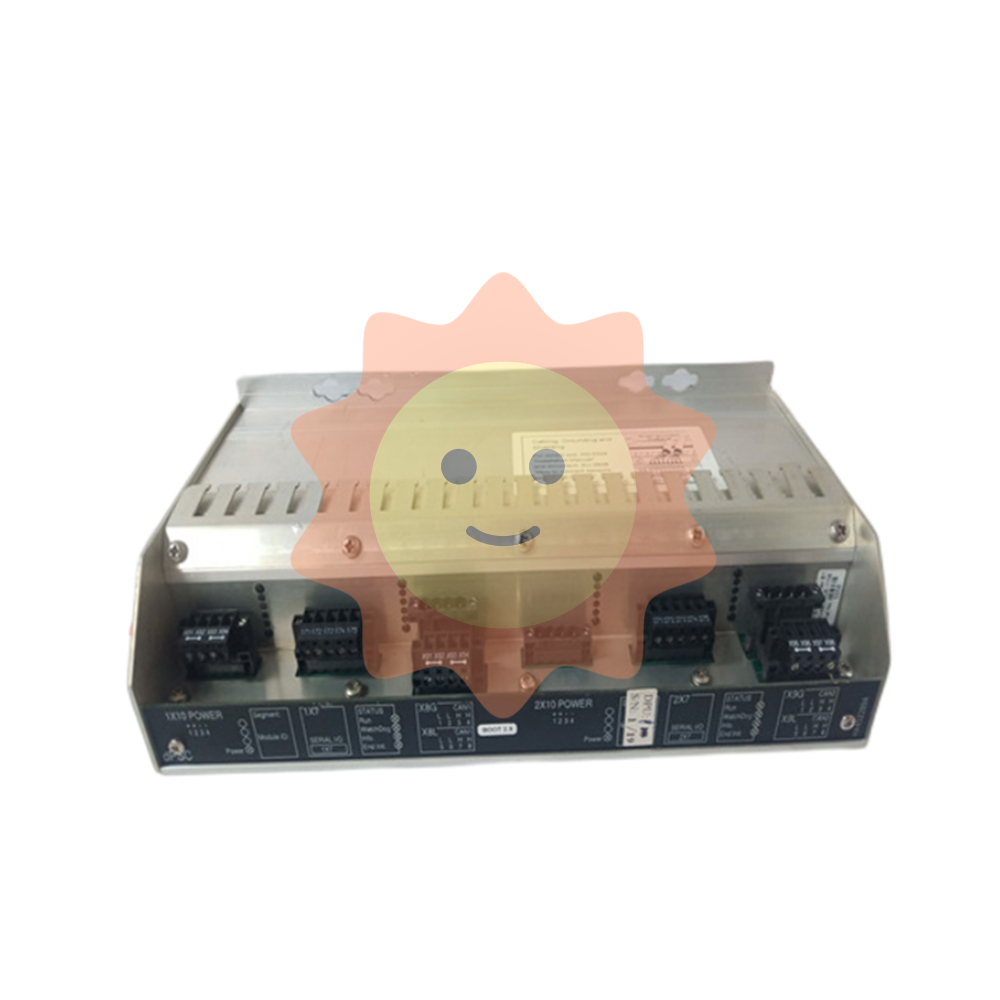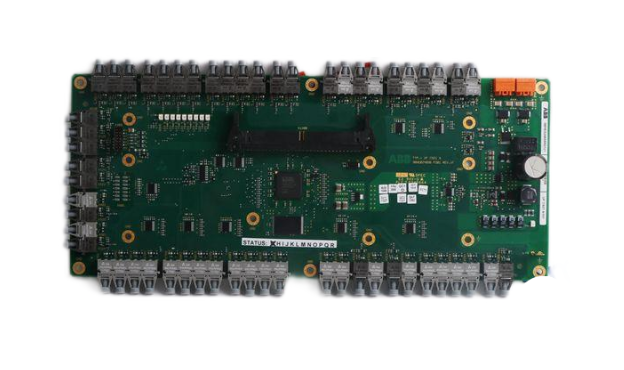Printing industry characteristics of the technical level and development trend facing the opportunities and challenges of barriers
As an important part of building a modern industrial system, the printing industry is widely used in the fields of press and publication, cultural communication, product value-added, brand packaging, and plays an irreplaceable pillar role. In recent years, the technical level of the printing industry has gradually improved, especially the packaging printing industry. Thanks to the introduction of printing equipment, talent training and capital investment, packaging and printing technology has developed rapidly, covering packaging design and printing production, packaging materials and equipment manufacturing, packaging methods and packaging processes.
1. Industry characteristics
(1) Periodicity
The printing industry is affected by the level of macroeconomic development, the industry demand is inseparable from the operating conditions of the downstream industry, and the periodicity of the industry is affected by the fluctuations of the macroeconomic cycle. In recent years, China's national economy has developed steadily, people's living standards have continued to improve, consumption power has been continuously improved, and the overall social consumption demand is in a period of rapid growth. At the same time, with the popularity of green environmental protection concepts, printed products have been rapidly popularized in the media, catering, clothing and consumer electronics markets. Therefore, driven by the development of downstream industries and product application needs, the printing industry is still in the growth period for a long time in the future.
(2) Regional
Limited by the sales radius, the printing industry has a certain correlation with the distribution of the e-commerce industry and the downstream industry. Among them, the e-commerce market is mainly concentrated in the coastal economically developed areas, such as Jiangsu, Zhejiang, Shanghai and Guangdong province; Food and beverage, catering, daily necessities and other consumer goods markets have formed the Pearl River Delta, the Yangtze River Delta and the Beijing-Tianjin-Hebei economic circle as the center and radiate the regional layout of the whole country. Therefore, the printing industry in the Pearl River Delta, the Yangtze River Delta and the Beijing-Tianjin-Hebei region has shown a prosperous development trend, and the development of the central and western regions and inland regions is relatively lagging behind.
2, industry technical level
After years of development, China's printing industry has a high technical level in printing process and production mode. From the printing technology point of view, the current printing technology is mainly divided into flexographic printing, relief printing, gravure printing, lithographic printing, screen printing, digital printing six categories; In order to achieve a specific display effect, after the completion of product printing, according to different needs, hot stamping, laminating, embossing, UV imitation metal etching, die cutting and other post-printing processes. In publication printing, the basic use of lithography technology, mainly paper, cardboard as the material, with plate making fast, cheap, stable product quality, high printing efficiency characteristics; In packaging printing, most of the use of flexographic printing technology, is a water-based ink, UV ink to achieve low (no) VOCs emissions of environmental protection printing process, with convenient plate making, green environmental protection, high production efficiency characteristics.

From the perspective of production mode, flexible production is a new type of printing production mode, relying on highly flexible, computer-controlled production equipment, according to different product types, individual needs, flexible switching of different equipment, mass conversion of different configurations, to achieve the collaborative operation of production system and production equipment, so as to improve production efficiency and improve product quality. The ultimate goal of reducing production costs. Secondly, with the saturation of the traditional printing market, plate printing has become an indispensable production mode in printing, because it can make full use of the effective printing area of the offset press, jointly share the printing cost, and form the advantages of batch and scale printing, which is widely used by printing enterprises. Finally, digital printing with its one printing, no plate making, immediate desirable, instant error correction, variable printing, printing on demand technical characteristics, in order to meet consumers for the diversification of printing products, flexibility needs at the same time rapid growth.
At the same time, as an important development stage goal of the "Fourteenth Five-Year Plan" period, "the integration of the two" (continue to deepen the integrated development of information technology and industrialization) is also the focus of the intelligent manufacturing upgrade of the printing and packaging industry. In recent years and the future period of time, printing and packaging enterprises will continue to invest technology and innovation resources from the intelligent upgrading of products and services, intelligent production equipment, automation, networking, shop-level equipment interconnection, e-commerce to expand new markets and service means, cloud manufacturing, service-oriented manufacturing and other new business models.
3. The development trend of printing industry
In the future, the printing industry will change from scale and speed to quality and efficiency, upgrade from traditional formats to emerging formats, and comprehensively improve the supply quality and level of the printing industry to serve the masses.
(1) "Industrial Internet" trend
At present, with the continuous development of the "Internet +" era, the economic foundation and objective environment on which the traditional printing industry relies for survival and development have been deeply affected, and are facing opportunities and challenges of industry transformation and upgrading. Therefore, in order to seize opportunities, adapt to the current development needs, effectively use Internet information technology, and build an "Internet +" industrial service platform has become one of the development trends of the printing industry. "Internet +" printing is the integration of printing technology and Internet technology, the core of which is the innovative use of the Internet to maximize the needs of consumers for printing business, through the Internet to integrate the production capacity of many printing factories across the country, and integrate and classify it, scientific arrangement and improvement of enterprise production process, to achieve the purpose of maximizing production benefits and optimizing service effects.
"Internet +" has a profound impact on printing enterprises. First, change the status quo of traditional printing enterprises with single business and inadequate service, effectively develop product types and expand service scope; Second, to solve the problem that the production process of traditional enterprises can not keep up with the market demand, the use of cloud computing technology to successfully complete the storage management, editing, quotation, order and other aspects of the printing process, laying the foundation for printing providers to provide commercial services; Third, change the shortcomings of low efficiency and high operating costs of the operation structure, and form a one-stop vertical management covering market promotion, channel expansion, product design, software research and development, e-commerce operation, centralized production, logistics distribution, and customer service, so as to further optimize business processes and improve production efficiency.
(2) The concentration of the printing industry has gradually increased
Due to the low entry threshold of the printing industry, the large number of small and micro enterprises, the low concentration of the printing industry, the lack of bargaining power for the main upstream paper products enterprises, as well as individuals and enterprises in various downstream industries, resulting in a low level of industry profits. According to the data released by the National Press and Publication Administration, the total profit of China's printing industry in 2020 is 55.05 billion yuan, and the profit rate is only 4.6%.
The increase in the concentration of the upstream raw material industry will accelerate the clearance of the printing industry. Under the policy background of increasingly strict environmental protection policies and supply-side reform, some small and medium-sized paper enterprises that consume energy, are inefficient and polluting will withdraw, while large paper enterprises will survive by relying on their own advantages of economies of scale and bargaining power. Therefore, the printing industry's advantage in upstream bargaining power has gradually weakened, and there is a possibility of further decline in profit margins. However, high-quality printing enterprises with a certain scale and cost advantages, in line with environmental protection policy requirements, and advanced printing technology will take the opportunity to improve the upstream concentration, grow bigger and stronger through mergers and acquisitions, and enhance the industry status of enterprises.

(3) Printing customization and branding
In recent years, under the background of the popularization of the Internet and the continuous innovation of production technology, people's ability to acquire information, cognitive ability of things, and even life concepts and aesthetic tastes have undergone obvious changes, and are developing in the direction of pursuing personalized and diversified needs.
Personalized customization, that is, based on the Internet to obtain the personalized needs of users, through flexible and flexible organization design, manufacturing resources and production processes, to achieve low-cost mass customization. For different printed products, it is not only necessary to comprehensively consider the psychological characteristics of consumers, consumption levels, preferences, packaging functions and other factors, but also to ensure the uniqueness of the design of the product in the structure, appearance and so on, so as to maximize the diversification of the psychological needs of consumers, highlighting the personalized and diversified products. Therefore, the future printing industry is bound to usher in new changes, product personalization, innovation will become a new trend of market development, with huge market potential, can bring investors rich returns.
Customization can create brand effect. Brand is an important part of the core competitiveness of enterprises, it contains profound cultural connotation, determines the appeal and attraction of enterprises, only a deep understanding of the influence and competitiveness of brands, enterprises can be long-term development. In recent years, China's printing enterprises have begun to attach importance to the shaping of printing brands, relying on digital and networking technology, highlighting product quality, product characteristics, and deeply cultivating product research and development, design and talent reserve, so as to enhance consumers' reputation and awareness, so that it has market share and economic benefits.
Specifically, the brand building of printing enterprises is mainly manifested in the following aspects: first, constantly improve the production and operation service system of printing enterprises themselves, effectively improve the quality management level, and establish the business philosophy of "quality first, quality wins"; Keep up with the market trend, constantly carry out the transformation and innovation of equipment and technology, in order to meet the market demand, and create a lasting enterprise brand; The second is to realize consumers' personalized needs for printed products, such as customized design of publications, personalized packaging of gifts, and one-to-one customer service; Third, consumers as the starting point, the brand building for a comprehensive and systematic grasp, constantly keep pace with the time, dynamic adjustment of specific marketing programs and strategies. Therefore, through branding construction, printing enterprises will gradually change from product output to brand output, so as to continuously improve the added value of products and market competitiveness.
(4) Digital and intelligent printing
Printing digitalization and intelligence are based on the deep integration of a new generation of information and communication technology and advanced printing manufacturing technology, running through all aspects of pre-press design, production, management, service and other printing manufacturing, with self-perception, self-learning, self-decision-making, self-implementation, self-adaptation and other functions of the new production mode to promote the transformation of traditional printing production mode to digital and intelligent mode.
The realization of intelligent printing can effectively improve the production efficiency of enterprises, reduce production costs, and avoid the problem of work errors and low efficiency in manual operation. With the continuous improvement of China's intelligent level and the continuous deepening of intelligent technology research, intelligent and automated technology and equipment such as automated warehouses, automatic robots, automatic detection machines will be widely used in industrial production and quality management. In addition, benefiting from the changes in market demand and the improvement of production efficiency, performance and printing quality of equipment, integrated printing technology will comply with the development direction of printing industry technology, the use of advanced technology, multi-purpose integrated automatic production equipment, through the coordination of various links such as pre-press design, printing, post-press logistics and transportation. Realize the automation and continuity of the processing technology such as glazing, hot stamping, embossing, die cutting, indentation and paste box, adapt to the requirements of the market with multiple varieties, diversification and high quality, shorten the production cycle of printing, improve the production efficiency and economic benefits of products, and finally realize the transformation of the printing industry from production to service.
(5) Digital printing vertical integration and horizontal extension
Digital printing technology is a new type of printing process in which all kinds of manuscripts including text, images, electronic documents, network files, etc. are input to the computer for processing, and can be directly transmitted to the digital printing press through the optical fiber network for printing or directly for color separation and platemaking without the process and time of film output, stamping, proofing, etc. Compared with traditional printing, digital printing has the advantages of flexible print quantity on demand, variable page information, shortened production cycle, multi-batch small batch printing, energy saving and environmental protection, etc. The unique technical characteristics of digital printing determine its unique market characteristics such as small order quantity and wide variety.
Combined with the development of digital printing technology in the international and domestic industries, the market space of digital printing is very broad, mainly due to its convenience and cost advantages in small batch and customized product production, it can continue to deepen integration in many vertical fields, and extend to more fields, becoming one of the main innovation drivers in the future printing industry.

(6) Printing green
The National Press and Publication Administration, together with the National Development and Reform Commission and other four departments, issued the Opinions on Promoting the Green Development of the Printing Industry, requiring the establishment and improvement of the green development system of the printing industry, adjusting and optimizing the industrial layout, production system and energy structure, promoting the comprehensive conservation and recycling of resources, solving prominent environmental problems, and implementing the risk prevention and control requirements of the printing industry. Promote the printing industry to achieve green and high-quality development. Therefore, printing companies should not only pay attention to the quality, performance and cost of products, but also pay attention to the impact of packaging products on the environment and energy consumption, printing green has become an inevitable choice for sustainable development.
Printing green includes two aspects, the first is moderate printing, that is, on the basis of meeting the function of print, the use of the smallest amount of consumables, the most simplified process of the printing process; The second is pollution-free printing, the materials used in the printing process should be non-toxic and harmless to the human body and organisms, and will not pollute the environment or cause public hazards. Therefore, under the guidance of national policies, the printing industry will enter a virtuous cycle of green environmental protection in printing materials, printing equipment, printing design, printing plate making, printing process, post-press processing, printing waste recycling and other aspects. In the future, the printing industry will accelerate the establishment, improvement and introduction of a wider coverage of green printing standards and green printing evaluation system, more enterprises will be included in the standard construction and system certification, energy consumption, inefficient, polluting capacity will be phased out.
4. Opportunities facing the industry
(1) The recovery of the domestic economic environment and the improvement of residents' consumption level
As an important part of the national economy and social development, the printing industry has shown a positive correlation with the level of the national economy. With the control of the domestic epidemic, the overall domestic economic environment in 2021 shows a recovery trend. In 2021, the industrial added value of all enterprises above designated size increased by 9.60% year-on-year, of which the industrial added value of enterprises above designated size of printing and recording media replication industry increased by 11.20% year-on-year, higher than the average level of all industries. At the same time, the recovery of the domestic economic environment has improved the level of residents' income, the continuous growth of residents' income means the continuous improvement of consumption power, and the demand and quality of consumers' personalized printing products continue to improve, further promoting the market size and technical level of the printing industry. The recovery of the overall domestic economic level and the improvement of residents' consumption level have brought a new round of development opportunities for the printing industry.
(2) Industrial policy support for the printing industry
The national policy has given long-term encouragement and support to the printing industry. The state has issued a number of industry development plans and industrial policy guidelines such as the "Special Plan for the Development of the Printing Industry during the 14th Five-Year Plan Period", the "Opinions on Promoting the Green Development of the Printing Industry", and the "Opinions on Accelerating the Green Transformation of Express Packaging", which have effectively promoted the structural adjustment and optimization of the printing industry. It is of great significance to improve the industrial concentration, improve the competitive environment and achieve benign and coordinated development, and provides a good policy environment for the rapid development of the industry. With the rapid development of information technology, the state has promulgated laws and regulations such as China's E-commerce Law, Online Transaction Supervision and Management Measures, as well as industrial policies such as the 14th Five-Year Plan for the Development of E-commerce and the 14th Five-Year Plan for the Deep Integration of Informatization and Industrialization, to ensure the standardized operation of the e-commerce industry. Support and encourage the integrated development of printing and information technology industries. In the future, the national policy in the printing industry will continue to be based on support and encouragement, focusing on industrial optimization and upgrading and environmental improvement, and the printing industry will be rapidly promoted and developed under the encouragement and promotion of policies.

(3) Digital strategy promotes industry transformation and upgrading
The national "14th Five-Year Plan" mentions "accelerating digital development and building digital China", which requires accelerating the construction of digital economy, digital society and digital government, driving the transformation of production mode, lifestyle and governance mode with digital transformation as a whole, and "creating new advantages of digital economy", which requires giving full play to the advantages of massive data and rich application scenarios. We will promote the deep integration of digital technologies with the real economy, enable the transformation and upgrading of traditional industries, foster new forms and models of business, and strengthen new engines of economic development. Therefore, under the promotion of the national digital strategy, industrial intelligence, 5G, data centers and other rapid development, industrial digital development into the fast lane, the printing industry will also accelerate the transformation and upgrading under the digital strategy.
(4) The printing and packaging industry is decentralized, and the new trend of the Internet of the printing industry will promote industry integration
The printing and packaging industry is still showing a highly decentralized pattern of "large industries and small companies". The landing of the industrial Internet will strengthen the ability of equipment networking and data collection in complex production processes such as printing and packaging, realize the end-to-end integration of data resources at all levels of printing enterprises, and help printing enterprises form process optimization, process optimization, equipment maintenance and accident risk warning capabilities based on data analysis and feedback. Achieve intelligent decision-making and deep optimization of enterprise production and operation management. Therefore, the integration of printing enterprises and the industrial Internet will cause the differentiation of enterprise operation management level, and then cause the differentiation of enterprise scale, the market size of regional, small and extensive backward management of printing and packaging enterprises will gradually shrink, or be gradually replaced by the large intelligent management of printing and packaging enterprises, the integration of the industry, and the industry concentration gradually increased.
- EMERSON
- Honeywell
- CTI
- Rolls-Royce
- General Electric
- Woodward
- Yaskawa
- xYCOM
- Motorola
- Siemens
- Rockwell
- ABB
- B&R
- HIMA
- Construction site
- electricity
- Automobile market
- PLC
- DCS
- Motor drivers
- VSD
- Implications
- cement
- CO2
- CEM
- methane
- Artificial intelligence
- Titanic
- Solar energy
- Hydrogen fuel cell
- Hydrogen and fuel cells
- Hydrogen and oxygen fuel cells
- tyre
- Chemical fiber
- dynamo
- corpuscle
- Pulp and paper
- printing
- fossil
- FANUC
- Food and beverage
- Life science
- Sewage treatment
- Personal care
- electricity
- boats
- infrastructure
- Automobile industry
- metallurgy
- Nuclear power generation
- Geothermal power generation
- Water and wastewater
- Infrastructure construction
- Mine hazard
- steel
- papermaking
- Natural gas industry
- Infrastructure construction
- Power and energy
- Rubber and plastic
- Renewable energy
- pharmacy
- mining
- Plastic industry
- Schneider
- Kongsberg
- NI
- Wind energy
- International petroleum
- International new energy network
- gas
- WATLOW
- ProSoft
- SEW
- wind
- ADVANCED
- Reliance
- YOKOGAWA
- TRICONEX
- FOXBORO
- METSO
- MAN
- Advantest
- ADVANCED
- ALSTOM
- Control Wave
- AB
- AMAT
- STUDER
- KONGSBERG
- MOTOROLA
- DANAHER MOTION
- Bently
- Galil
- EATON
- MOLEX
- Triconex
- DEIF
- B&W
- ZYGO
- Aerotech
- DANFOSS
- KOLLMORGEN
- Beijer
- Endress+Hauser
- MOOG
- KB
- Moxa
- Rexroth


Email:wang@kongjiangauto.com


































































































